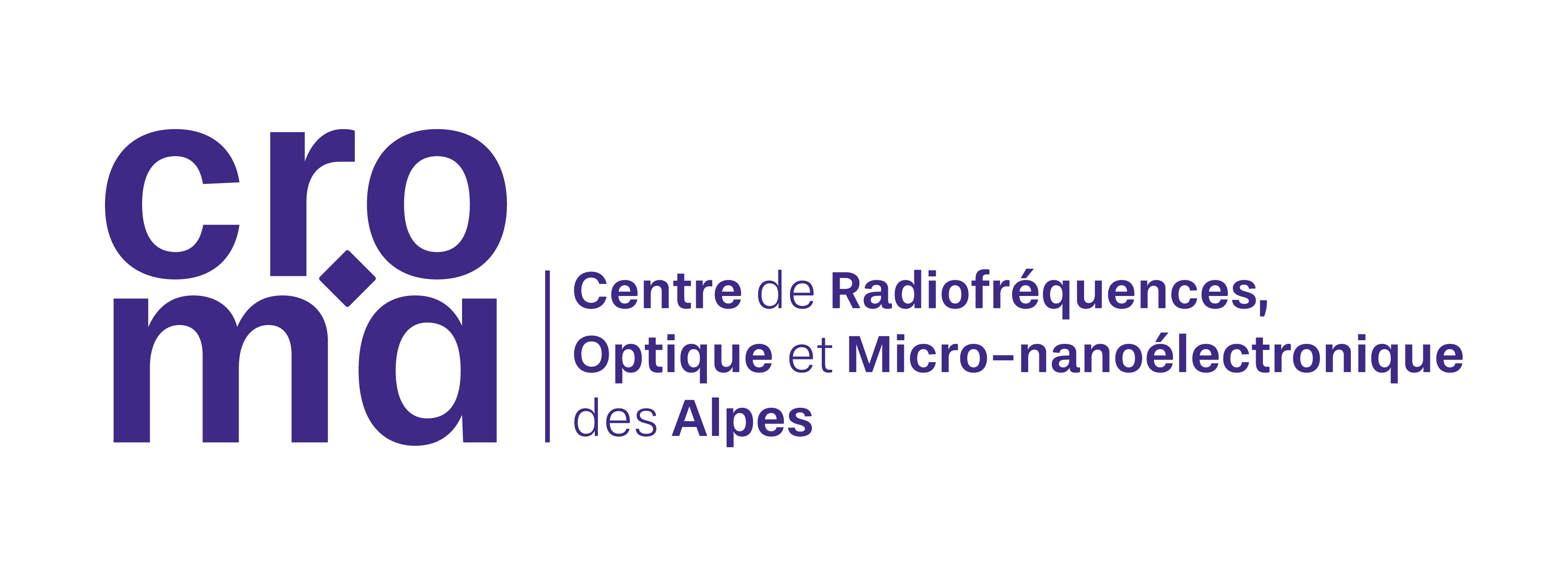Comparing 4H-SiC NPN Buffer Layers by Epitaxial Growth and Implantation for Neural Interface Isolation
Résumé
4H Silicon Carbide multichannel neural interface devices using NPN junctions for channel isolation were fabricated using four different doping structures. Two devices used thicker, lower-doped epitaxial layers, one used thin, highly-doped implanted layers implanted into a N epilayer, and one used thin-highly-doped implanted layers into an N substrate. The devices were characterized in terms of resistance, charge delivery, leakage current through the substrate, and crosstalk between channels. The thickest, lower-doped epitaxial layers performed best, resulting in great isolation and good performance. While the implanted layers showed high charge delivery, their resistance is reduced due to the thin layers and the isolation is particularly poor.
Domaines
Sciences de l'ingénieur [physics]| Origine | Fichiers éditeurs autorisés sur une archive ouverte |
|---|---|
| licence |



